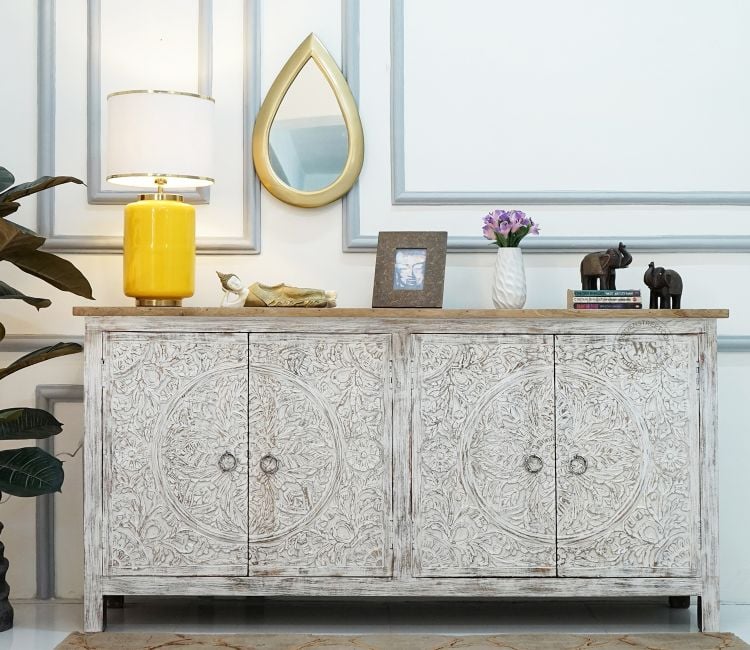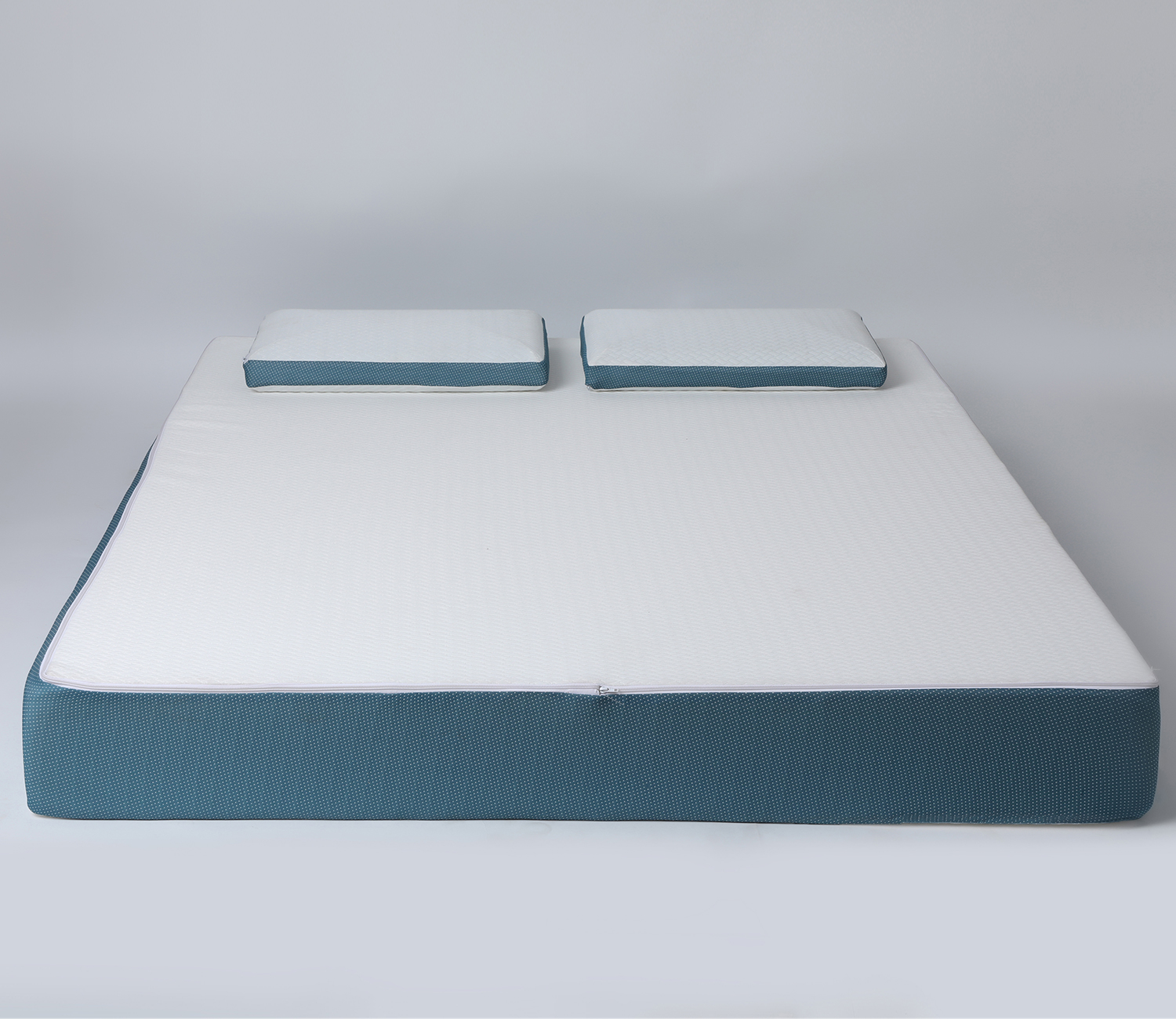Mastering Sideboard Placement: Elevating Functionality and Style in Your Space

Furniture is more than just functional—it shapes the personality and flow of your home. Among the most versatile and stylish furniture pieces you can introduce is the sideboard. Whether in a dining room, living room, hallway, or even a bedroom, a sideboard adds a perfect mix of storage and sophistication. And when paired or compared with a cabinet, you open up even more possibilities for organization and design.
In this guide, we’ll help you understand the difference between a sideboard and a cabinet, explore ideal placement options, and share tips to ensure your furniture enhances both style and practicality.
Understanding the Sideboard vs. Cabinet
While both a sideboard and a cabinet offer storage solutions, their form and function vary slightly:
A sideboard is typically a long, low piece of furniture with a flat top and multiple drawers or doors. It’s commonly used in dining or living areas to store serveware, linens, or decorative items.
A cabinet, on the other hand, is a broader category that includes furniture of various sizes and orientations. From tall kitchen cabinets to small bedside units, a cabinet can serve multiple purposes across different rooms.
The difference lies in design intent—sideboards are often more decorative and serve as display surfaces, while cabinets are primarily utilitarian.
Why Invest in a Sideboard?
Adding a sideboard to your home is an easy way to upgrade your interiors without a complete redesign. Here’s what makes sideboards a must-have:
- Storage with style: Keep clutter out of sight while maintaining a stylish surface for décor.
- Versatile placement: Works well in dining rooms, living areas, entryways, and bedrooms.
- Aesthetic boost: Available in a variety of finishes, from rustic wood to modern high-gloss or matte textures.
Ideal Placements for a Sideboard
1. Dining Room
The dining room is the most traditional spot for a sideboard. Use it to store crockery, glasses, table linens, and cutlery. It keeps everything within reach during meals and adds elegance to the room. Pair it with a mirror or artwork above for added visual appeal.
2. Living Room
In the living room, a sideboard can serve as a stylish console or entertainment unit. Store remotes, media accessories, magazines, or board games inside. The top can display family photos, flower vases, or even a sleek table lamp.
3. Entryway or Hallway
An often-overlooked area, the entryway is perfect for a compact sideboard or cabinet. It provides a convenient drop zone for keys, wallets, or mail, while also making a great first impression. Choose narrow designs to maintain flow in tighter hallways.
4. Bedroom or Study
In bedrooms, a cabinet with doors or drawers can be used to store essentials like linens, books, or seasonal items. A sideboard in a study adds a decorative touch and helps hide clutter behind closed doors.
How to Style Your Sideboard or Cabinet
No matter where you place it, styling a sideboard or cabinet properly can enhance its presence. Here are some pro tips:
- Play with height: Use a mix of tall and short objects like vases, candles, and sculptures to add visual interest.
- Layer your décor: Add framed art, a mirror, or a wall clock behind the sideboard to create depth.
- Incorporate lighting: A small table lamp adds both charm and utility.
- Add greenery: Small indoor plants or fresh flowers breathe life into the setup.
- Keep it minimal: Avoid overcrowding the top—leave room for the design to breathe.
Choosing Between a Sideboard and a Cabinet
Here are a few considerations to help you decide which is right for your space:
Choose a sideboard if you want to make a decorative statement and need wide surface space for displays or serving.
Opt for a cabinet when you need more storage in a compact form or vertical layout.
In open-concept spaces, use both strategically—a sideboard in the dining area and a cabinet in the living room for balanced aesthetics and function.
Materials and Finishes to Consider
Both sideboards and cabinets are available in a wide variety of materials. Solid wood is a timeless choice that brings warmth and durability. Engineered wood is more affordable and comes in many finishes like walnut, oak, or teak. For a modern look, try sideboards with metal legs, glass doors, or matte finishes.
Choose a finish that complements your overall interior style—warm tones for cozy, traditional homes, or cool tones and sleek lines for modern aesthetics.
Final Thoughts
A well-placed sideboard cabinet can completely change the way a space looks and functions. Whether you’re organizing your dining essentials, adding charm to a hallway, or simply looking to fill an empty wall with purpose, these pieces offer style, structure, and seamless utility.
By mastering their placement and styling, you not only reduce clutter but also elevate your home’s overall aesthetic—proving that good furniture doesn’t just sit in the background, it leads the way.
Note: IndiBlogHub features both user-submitted and editorial content. We do not verify third-party contributions. Read our Disclaimer and Privacy Policyfor details.







